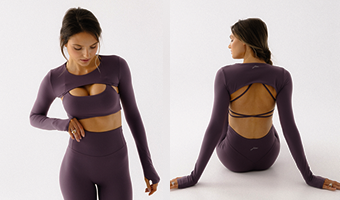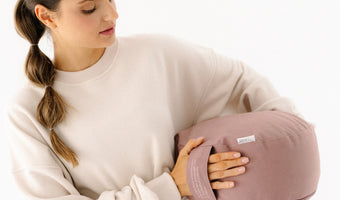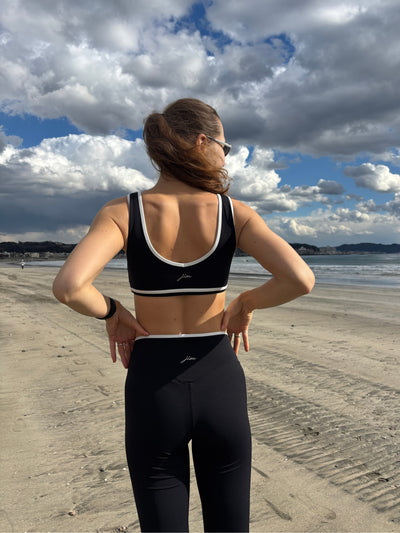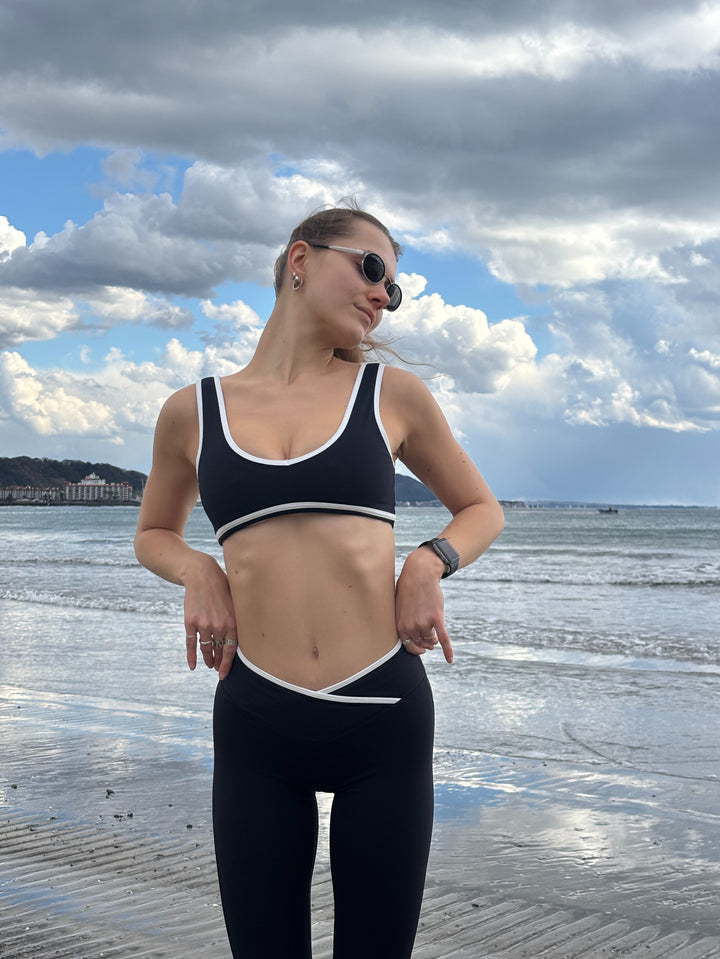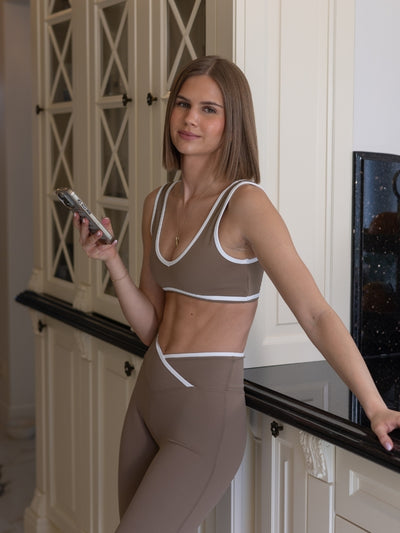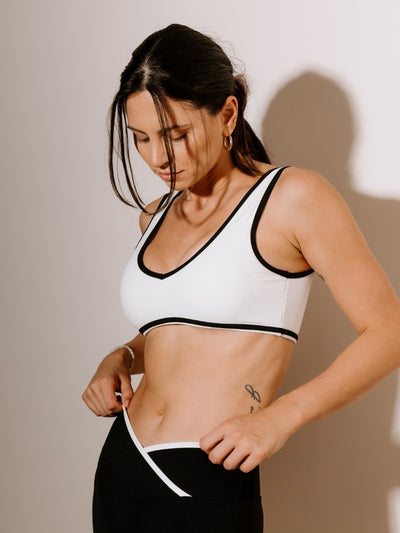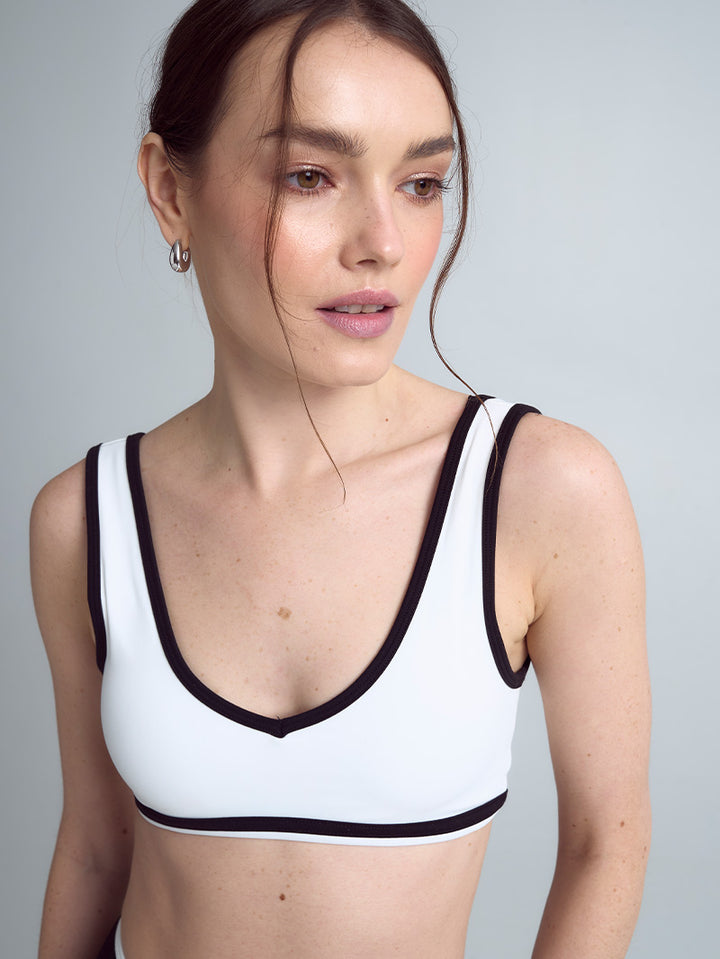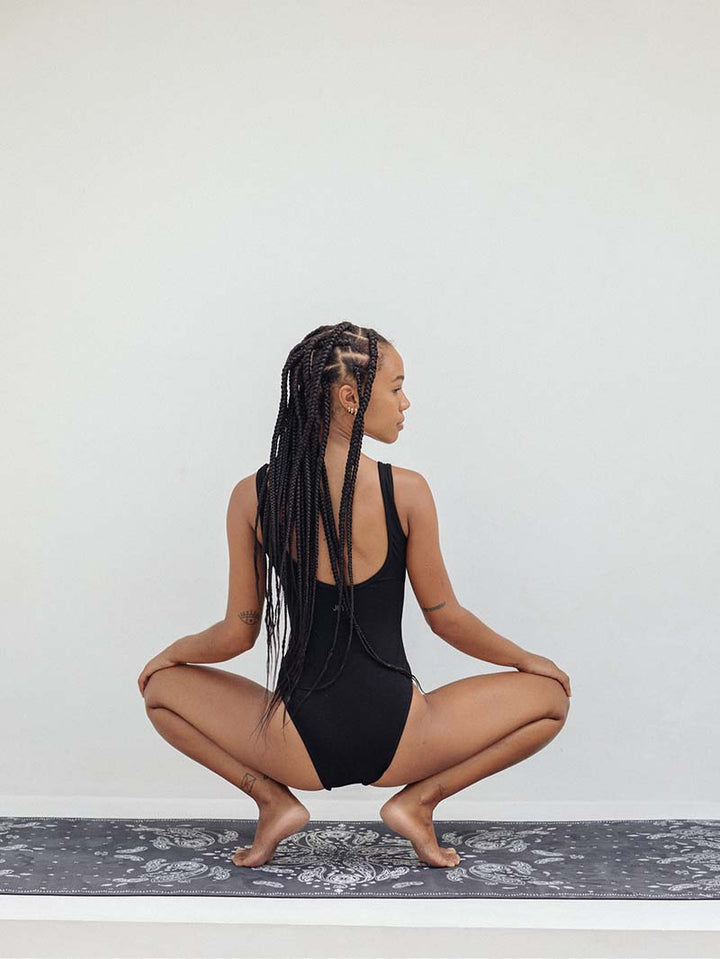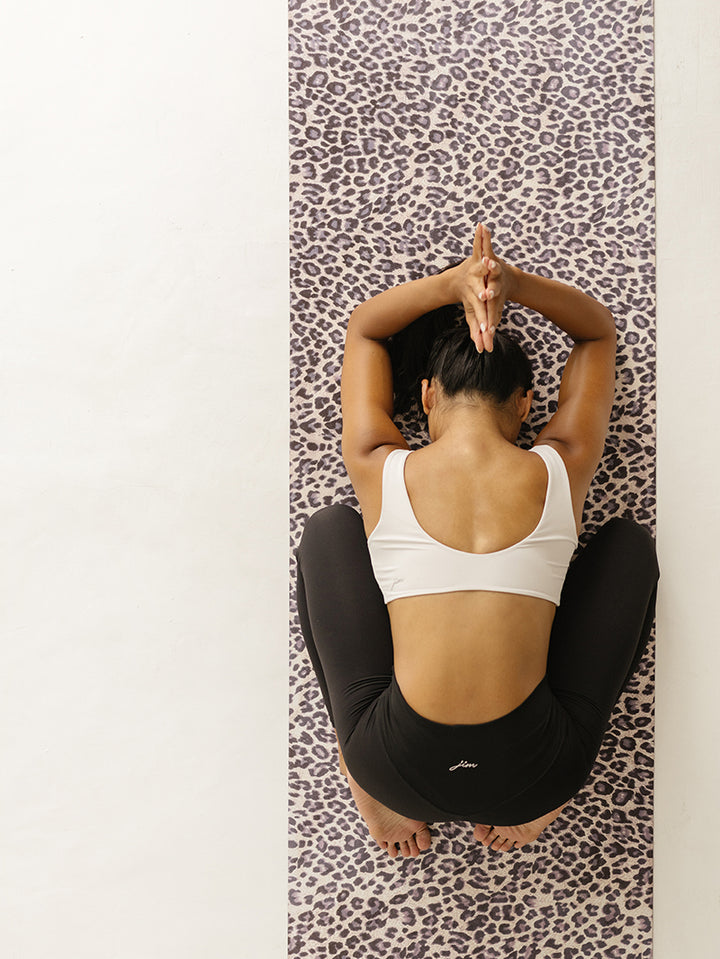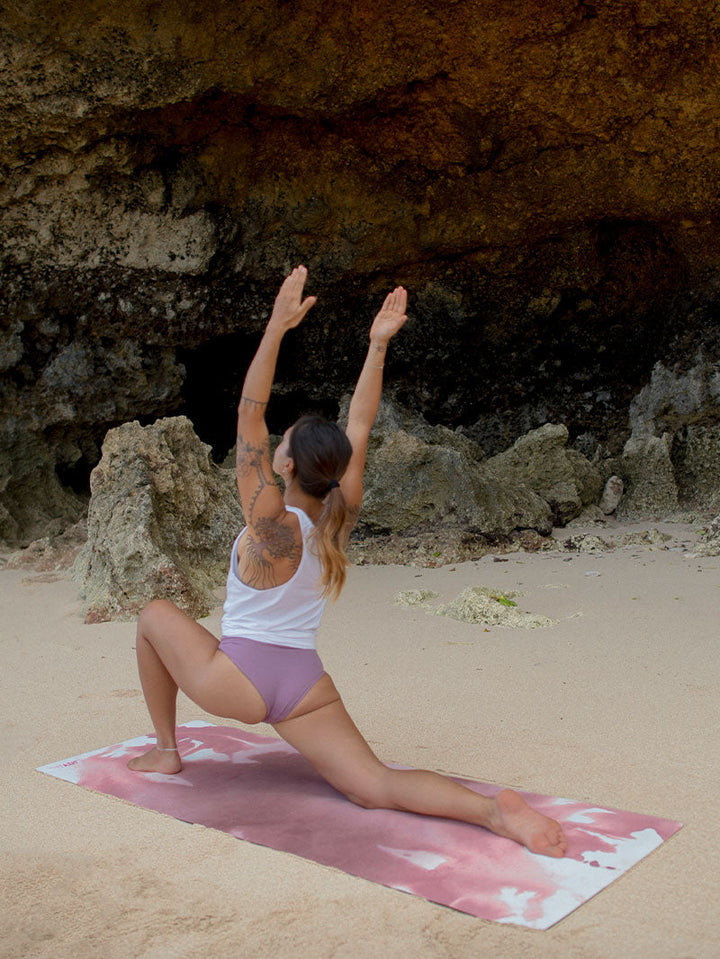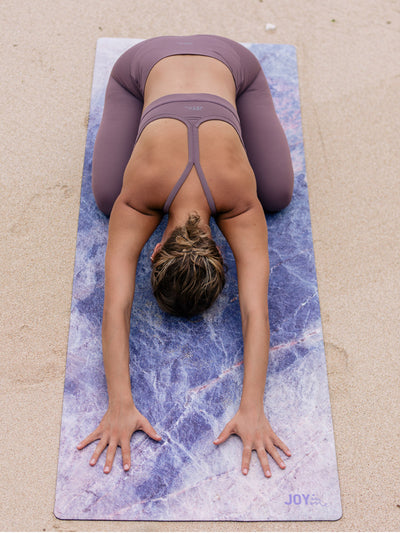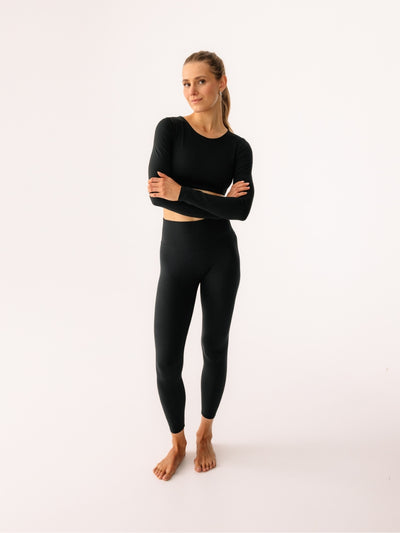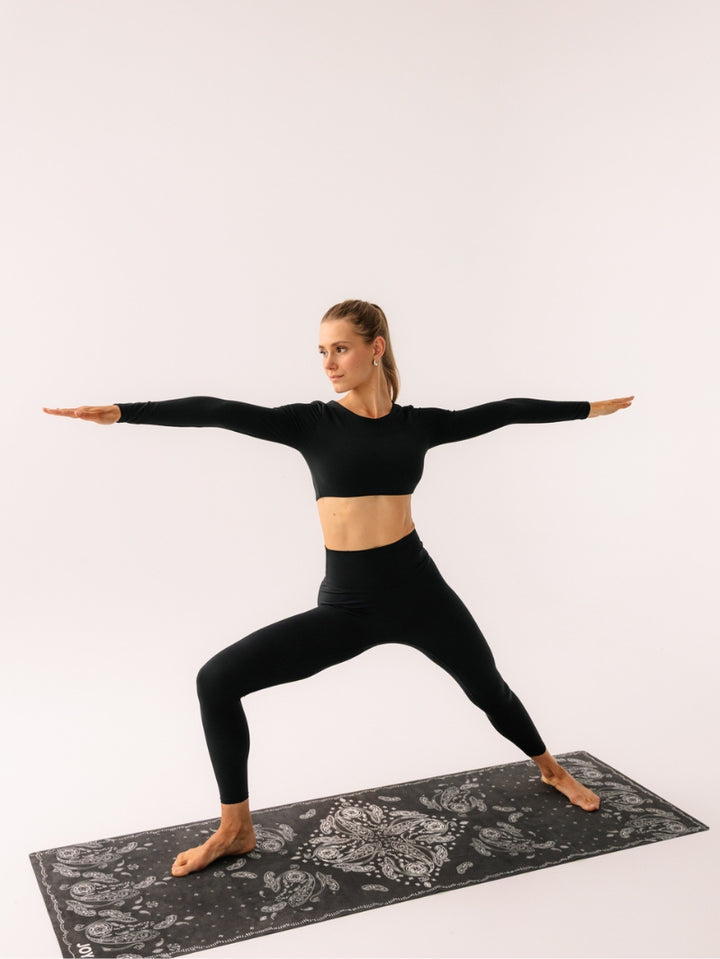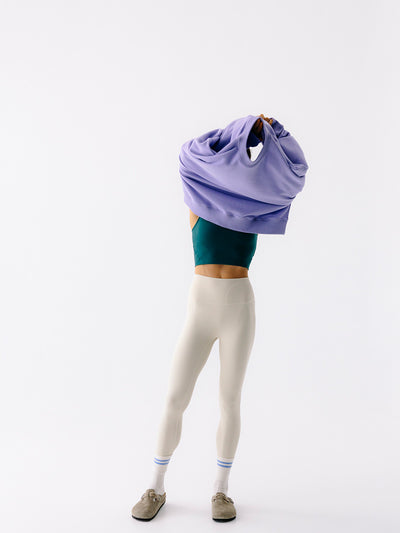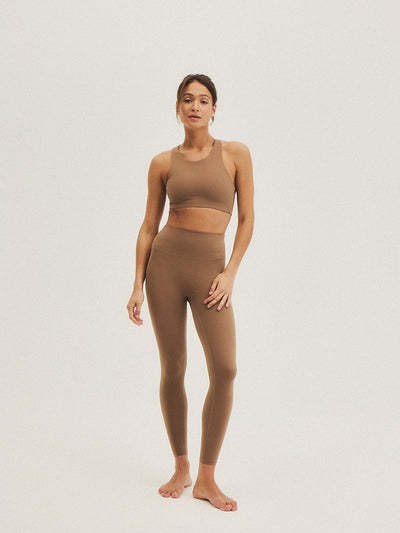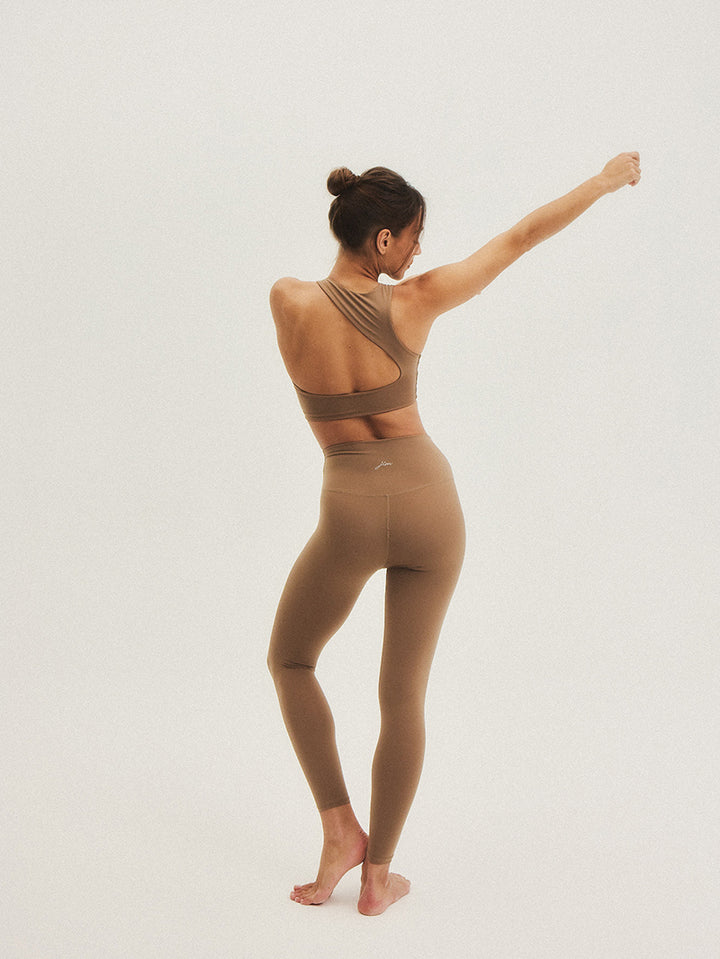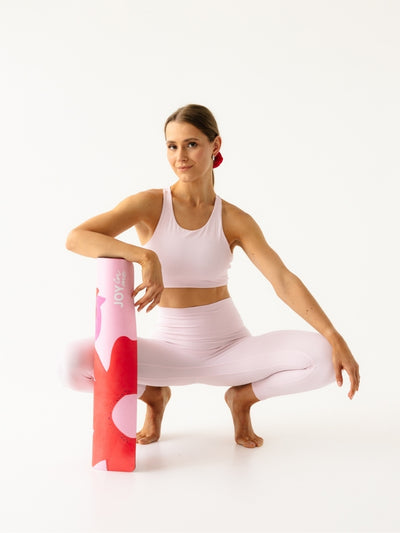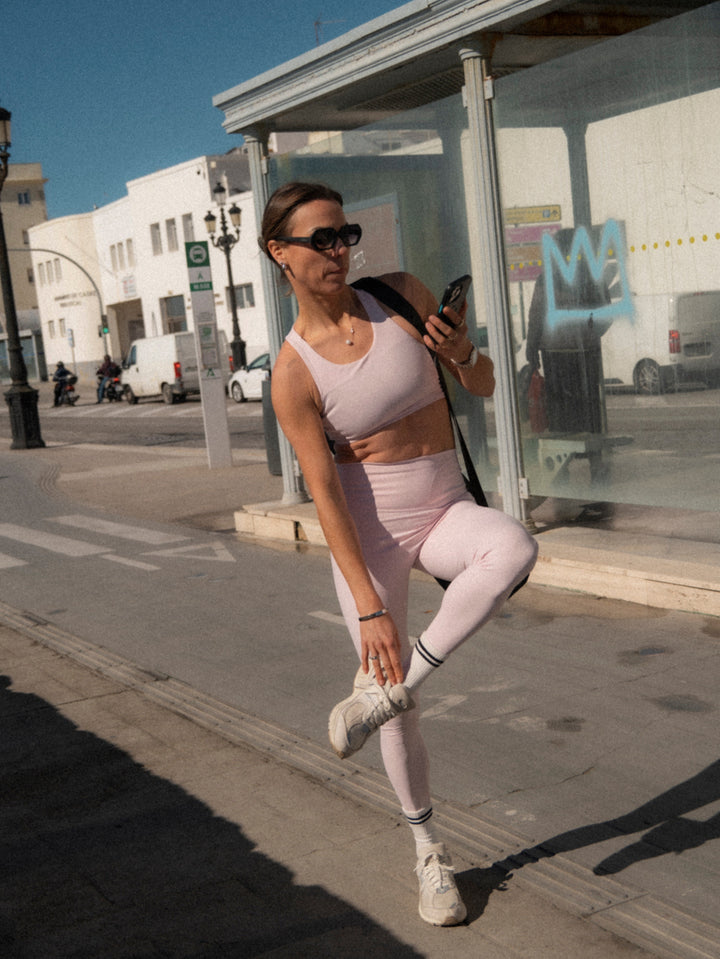Power Pilates – what is it and why is it worth trying?
Power Pilates is a growing variation of Joseph Pilates' exercise system, aimed at those who have mastered the basics and want to diversify their workouts. How does it differ from the traditional version? What are the benefits for health and well-being? Find out how to prepare for a Power Pilates session!
Power Pilates – what is it?
Power Pilates is a modern version of the classic exercise system created in the 20th century by German athlete Joseph Pilates , whose goal was to develop a comprehensive full-body workout.
People who regularly take part in classes or work on their figure on their own gradually strengthen various muscle groups (including core, back, and leg muscles) and endurance .
Power Pilates emphasizes dynamic, intense movement and is therefore recommended for participants at an intermediate or advanced level – appropriate fitness and precise mastery of the basic exercises are essential.
How is power pilates different from traditional pilates?
Power Pilates, unlike traditional Pilates, involves much more intense exercises performed in sequence . The entire session is more dynamic and requires greater muscle engagement.
The use of weights in exercises is a characteristic feature of this type of training – in the classic variant, equipment such as rubber bands, resistance bands or balls is used, but not weights.
Power Pilates vs Power Yoga – Which One to Choose and Can You Combine Them?
The choice between power Pilates and power yoga depends on individual preferences and training goals. Both forms of exercise can be effective in improving strength, endurance, and flexibility.
So what's the fundamental difference between these two forms of exercise? Power Pilates focuses primarily on working and strengthening the core muscles , while power yoga leads to intense stretching of the entire body. There's no reason not to combine the two types of training – this way, you can reap diverse benefits and the satisfaction of self-development.
However, in such a case it is worth remembering about body regeneration and rest.
Learn more about the differences between yoga and Pilates in our article: What is the difference between yoga and Pilates?
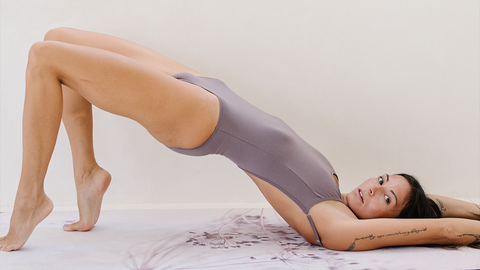
Benefits of regular Power Pilates practice – who are classes suitable for?
Regular power pilates training can bring many health benefits, including:
- overall improvement of fitness and figure,
- increasing body flexibility,
- reduction of muscle tension,
- help in building a conscious range of motion,
- improving coordination and endurance of the body.
Power Pilates also has a positive impact on well-being and stress reduction . Despite its intensity, it allows your mind to relax, allowing you to derive satisfaction from honing your skills during a varied workout.
Preparing for training – what accessories are needed for power pilates?
The most important elements of any workout are, of course, appropriate sportswear and an exercise mat , which will be useful for all Pilates variations. For comfort and complete freedom of movement, it's worth choosing a fitted set, such as 7/8-length exercise leggings and a top made of stretchy, high-quality material – the length of the sleeves or legs depends on individual preferences.
The mat should be stable and provide support during an intense session. A rubber mat around 5-10 mm thick works well in this case.
Power Pilates also sometimes uses additional equipment, including accessories such as weights, rollers, foam rollers, and balls. Furthermore, exercises can also be performed on special machines designed by Joseph Pilates himself, such as the reformer.
In both cases, the workout is varied, so don't worry if you start your Power Pilates adventure on a mat. However, those who want to test their skills on advanced equipment can take advantage of special classes at a fitness studio – professional and well-equipped studios provide access to it.
Power Pilates – basic exercises and how often to do them?
What distinguishes Power Pilates exercises from traditional classes isn't their type or form, but their pace. In both cases, breathing and body control play a crucial role. Here are some sample movements:
- roll up – stand up straight, take a deep breath and slowly lower yourself down your spine vertebra by vertebra, then rise back to the starting position;
- double leg kick – lie on your stomach, grab your feet, lift your head, chest and legs, in this position kick your heels twice towards your buttocks;
- swimming – lie face down, raise your right leg and left arm alternately, keeping your head and chest above the mat at all times.
Since power pilates requires better physical condition, it is worth adjusting the frequency of sessions to your own capabilities so as not to overload the body.
The most important thing is consistency and gradual development of fitness and skills . The intensity of the exercises can be increased or decreased depending on individual needs, although it should always be kept in mind that the effort will be greater than in a classic Pilates session.
